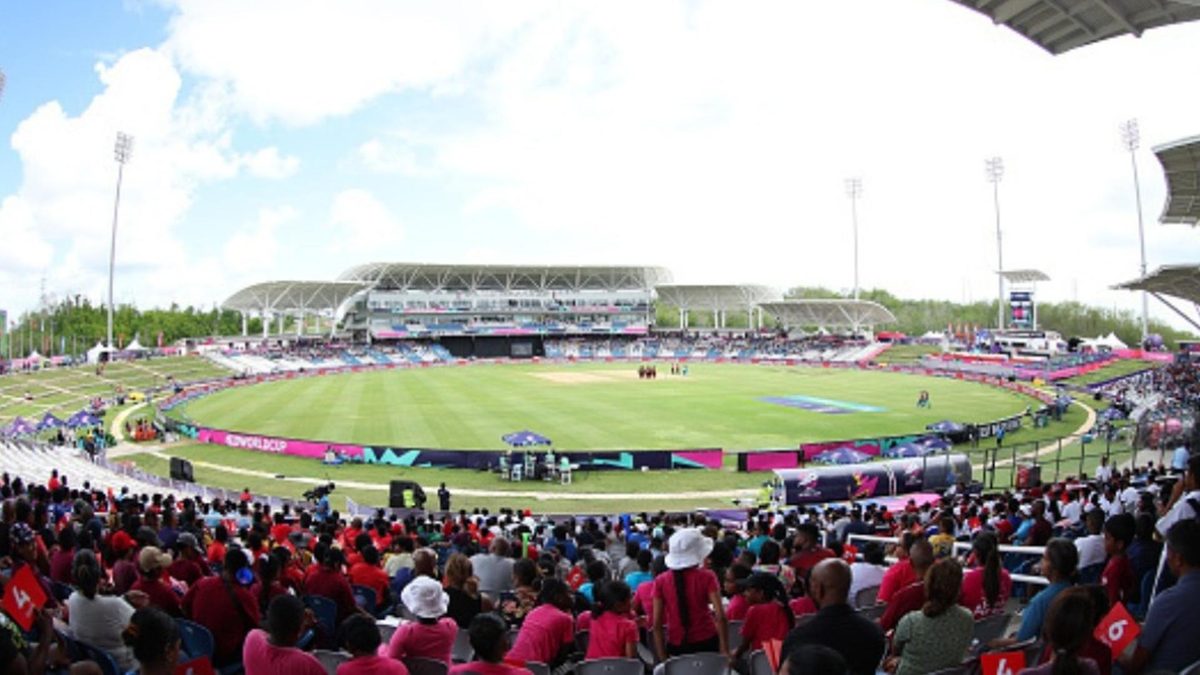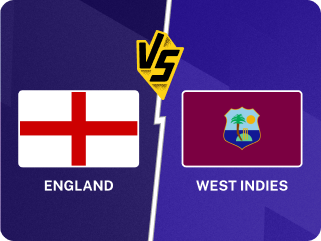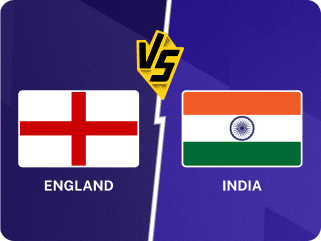
The first round of the T20 World Cup kept fans engaged with plenty of thrillers, upsets and unexpected performances. Sarah Waris looks at why the edition in the Caribbean and the USA has been so gripping.
After an IPL where an average of 182.89 runs were scored in every game, the T20 World Cup, with drop-in pitches, variable bounce and 20 teams scattered over a vast geographical region was just not enticing enough. Haphazard schedules with early morning games followed by late night clashes to cater to an audience sitting nearly 14,000 kilometres away was another buzzkill. It prevented fans in the USA from truly soaking in the atmosphere of the first-ever ICC event with 10am weekday starts.
The pre-decided seedings in the Super Eight stage with a relatively well-versed path for India as they moved ahead took away ounces of unpredictability and anticipation, leading to criticism over its staging. But, three weeks into the tournament, the 2024 edition is already being hailed as the best ever. How did it rise from mediocrity to magnificence in a matter of just a few days?
Conditions matter
This T20 World Cup has showed the beauty in diversity of pitches with batters needing to switch their techniques and mindset from venue to venue. While pacers got more help in New York due to the under-baked drop-in wicket there, the Caribbean has generally aided the slower bowlers.
In the first 40 games, bowlers conceded 20 or more dot balls in an innings ten times. Teams were bowled out for under 100 runs on twelve occasions, and scores of 120 were defended successfully four times. A thrilling match between Oman and Namibia, which ended in a Super Over after both teams scored 109, exemplified the close margins. Fourteen games went down to the final over, with seven being decided by less than 15 runs, underscoring the tournament's competitiveness.
Except for Afghanistan and New Zealand, who were knocked out before the Super Eights, all Full Member teams faced significant challenges to secure their victories over Associates at one one point or another. Unbeaten teams like India and South Africa had narrow escapes against the USA and the Nepal, respectively, while England struggled in their rain-affected match against Scotland.
The World Cup format left no room for complacency, with rain adding another layer of unpredictability. Teams had to capitalize on sunny days, as Scotland learned the hard way. They started strong against England before rain intervened. Despite winning two of their remaining three matches and tying with England on points, their Net Run Rate of +1.255 was not enough to advance. Nepal, too, was in contention for a Super Eight spot but the doors were closed after they fell short by one run against South Africa after a washout against Sri Lanka.
The average first innings score this World Cup has been 122, nearly 11 runs fewer than the UAE tournament three years ago. It has also been the slowest T20 World Cup, with a strike rate of 103.66 in the first round, lower than the previous record of 116.38 in the 2021 edition.
With stroke-making becoming increasingly difficult, teams had to rely on strike rotation and resilience. This levelled the playing field between the Full Member and Associate teams, the latter slightly more accustomed to these conditions. The slowness and bounce of the tracks demanded adjustments, which many players struggled with. Virat Kohli, used to the flat wickets of the IPL, managed only five runs in New York, illustrating the challenge of adapting to these unique conditions.
The expansion of the T20 leagues have helped
The Associate teams have reaped significant benefits from participating in various T20 leagues globally, which were once considered for the elite. Aaron Jones, who kicked off the World Cup with a stellar 94*, played in the Bangladesh Premier League last year, while his teammate Andries Gous was signed by the Abu Dhabi Knight Riders in the ILT20. Remarkably, eleven batters from Associate nations feature among the top 25 run-scorers in this World Cup, with ten having participated in at least one T20 franchise league.
Even with limited game time at their clubs, the exposure to a professional setup with world-class training facilities and coaches has been transformative, notably improving fielding standards. The emergence of T20 leagues in Canada, the USA, and Abu Dhabi has provided fringe players unprecedented opportunities to play alongside established stars.
A few years ago, before the start of the Women’s Premier League, India player Jemimah Rodrigues opened up about the importance of playing in overseas T20 leagues to understand the nuances of the game. She had argued that embracing different cultures and sharing a dressing room with players from around the world helped with her development. Playing overseas could have similar impacts on the male Associate players as well.
The benefits extend to bowlers as well. The USA's Ali Khan made history as the first player from his country to play in the IPL, representing the Kolkata Knight Riders in 2020, shortly after his debut in the Pakistan Super League. Though eighteen of the top 20 wicket-takers in this World Cup are from players belonging to Full Member countries, this has been a tournament where defensive bowling has been more crucial, and the positive impact of playing overseas should not be shot down by looking at the raw numbers.







